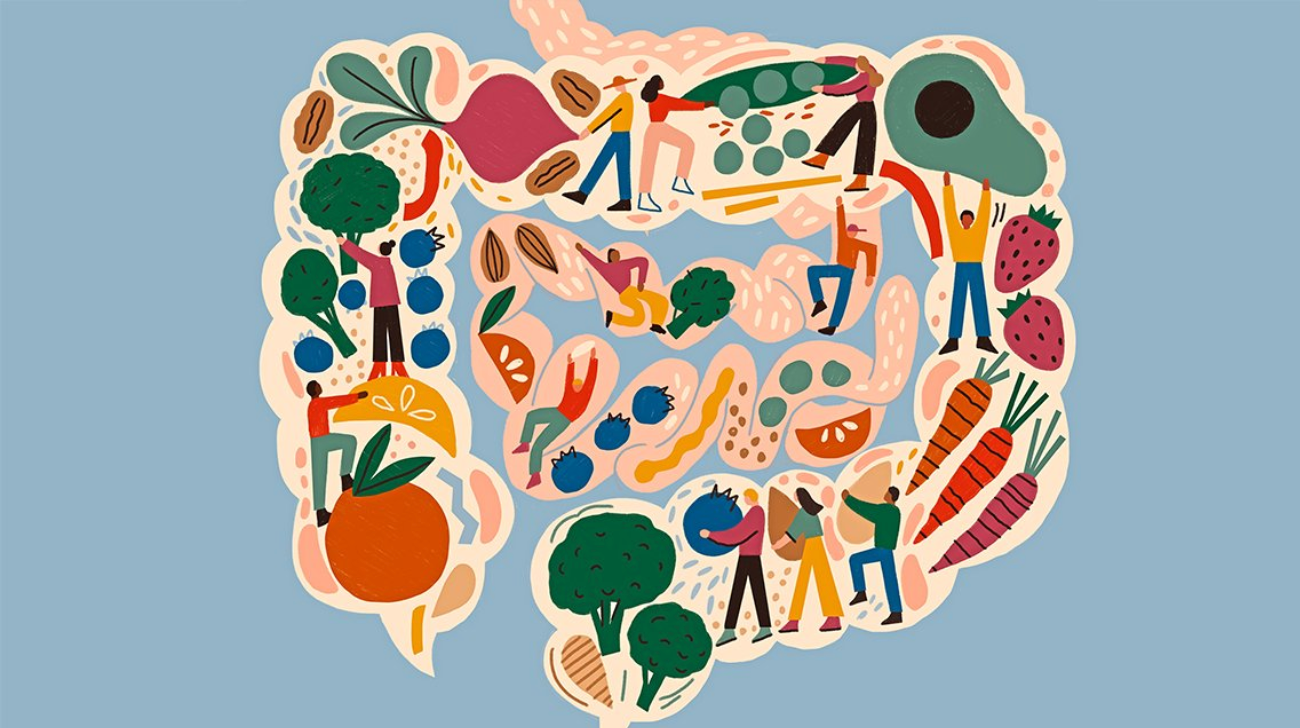Article: The Power of Gut Health

The Power of Gut Health
Probiotics are living microorganisms that, when ingested, provide a health benefit.
However, the scientific community often disagrees on what the benefits are, as well as which strains of bacteria are responsible.
Probiotics are usually bacteria, but certain types of yeasts can also function as probiotics. There are also other microorganisms in the gut that are being studied, including viruses, fungi, archaea, and helminths.
You can get probiotics from supplements, as well as from foods prepared by bacterial fermentation.
Probiotic foods include yogurt, kefir, sauerkraut, tempeh, and kimchi. Probiotics should not be confused with prebiotics, which are carbs — often dietary fibers — that help feed the friendly bacteria already in your gut.
Products that contain both prebiotics and probiotics are referred to as synbiotics. Synbiotic products usually combine friendly bacteria along with some food for the bacteria to eat (the prebiotics), all in one supplement (
The most common probiotic bacteria are Lactobacillus and Bifidobacteria. Other common kinds are Saccharomyces, Streptococcus, Enterococcus, Escherichia, and Bacillus.
Each genus comprises different species, and each species has many strains. On labels, you’ll see probiotics identified by their specific strain (which includes the genus), the species, subspecies if there is one, and a letter-number strain code.
Different probiotics have been found to address different health conditions. Therefore, choosing the right type — or types — of probiotics is essential.
Some supplements, known as broad-spectrum probiotics or multi-probiotics, combine different species in the same product.
Although the evidence is promising, more research is needed on the health benefits of probiotics. Some researchers warn about possible negative effects from the “dark side” of probiotics and call for caution and strict regulation.
Leave a comment
This site is protected by hCaptcha and the hCaptcha Privacy Policy and Terms of Service apply.